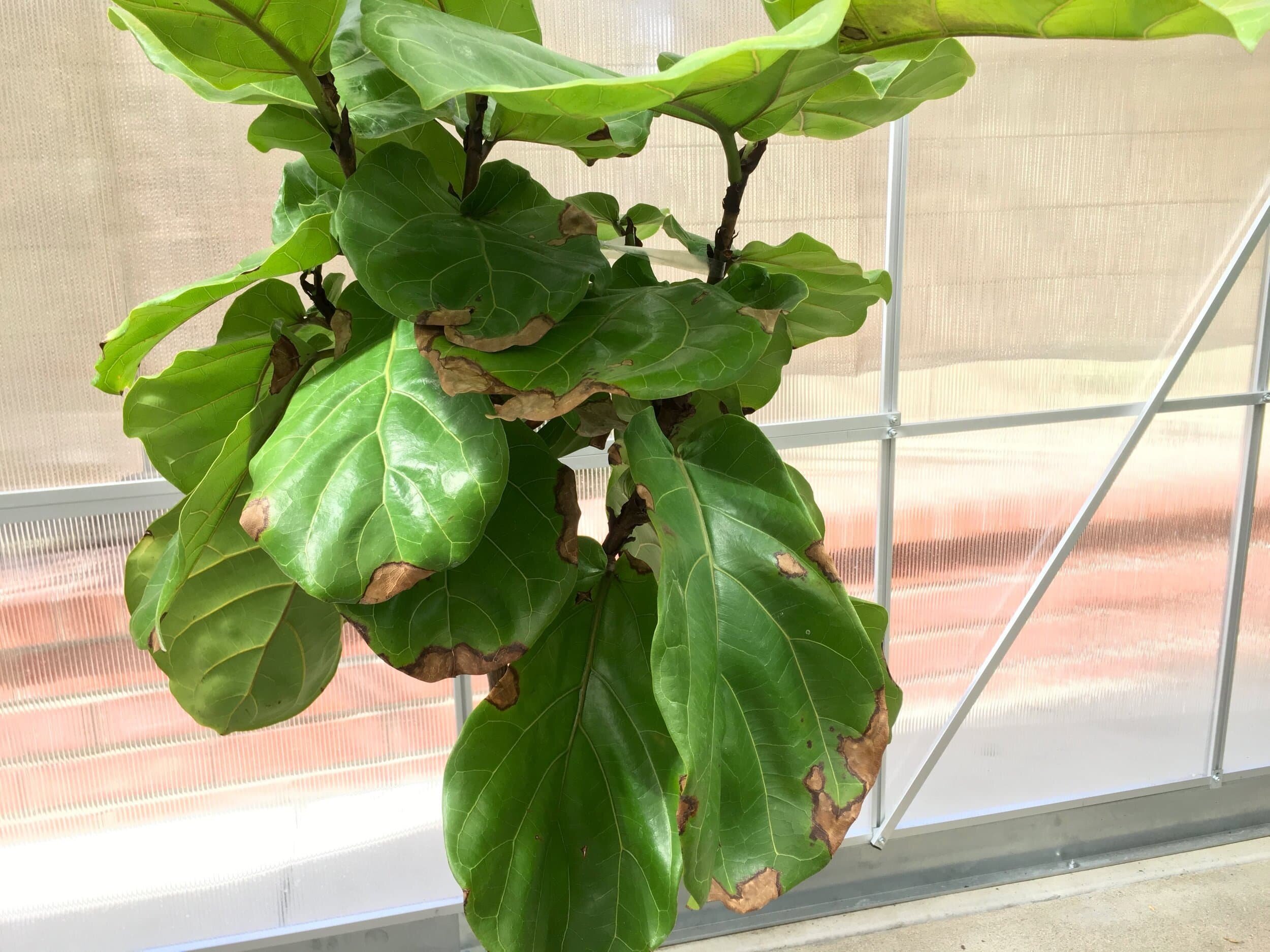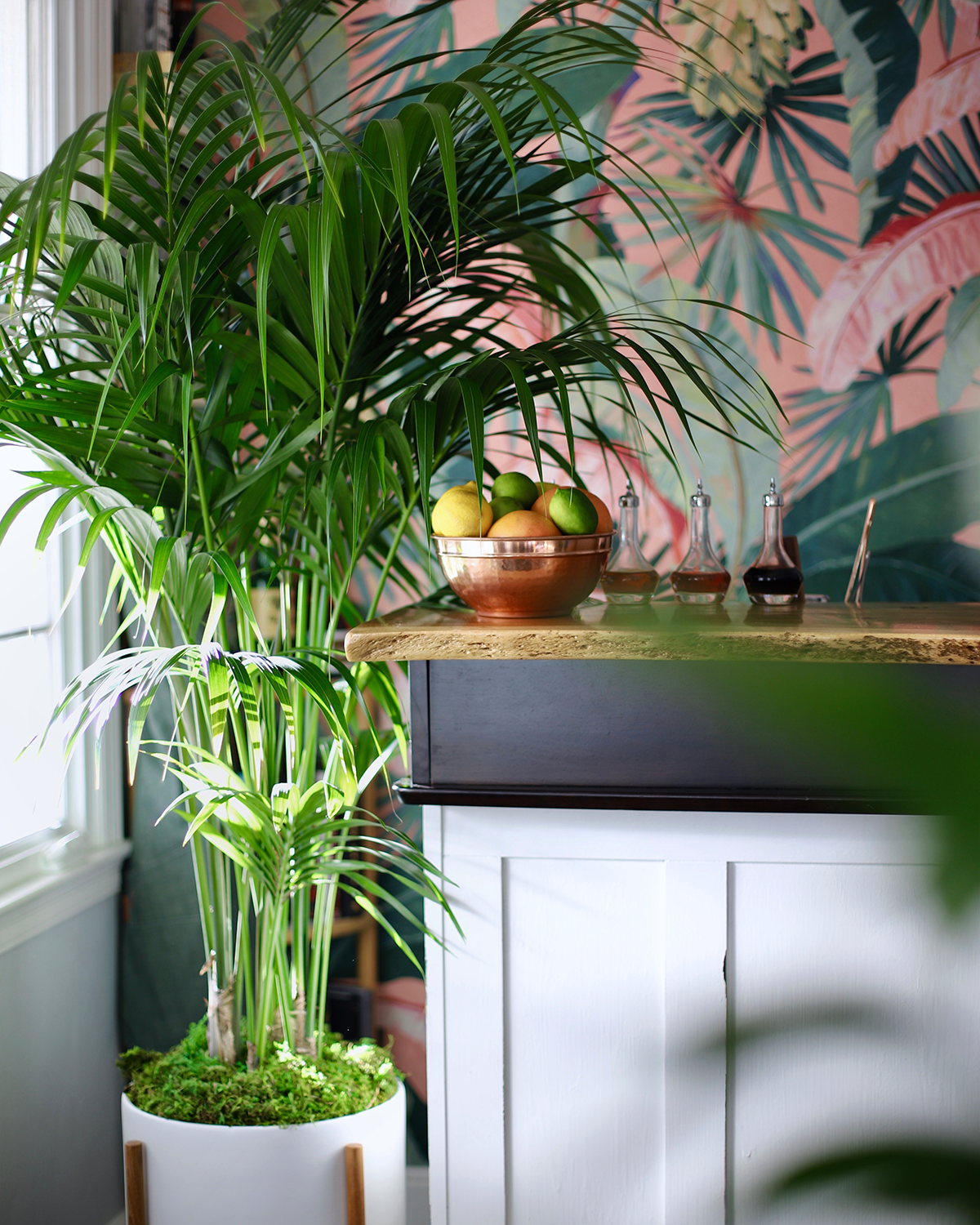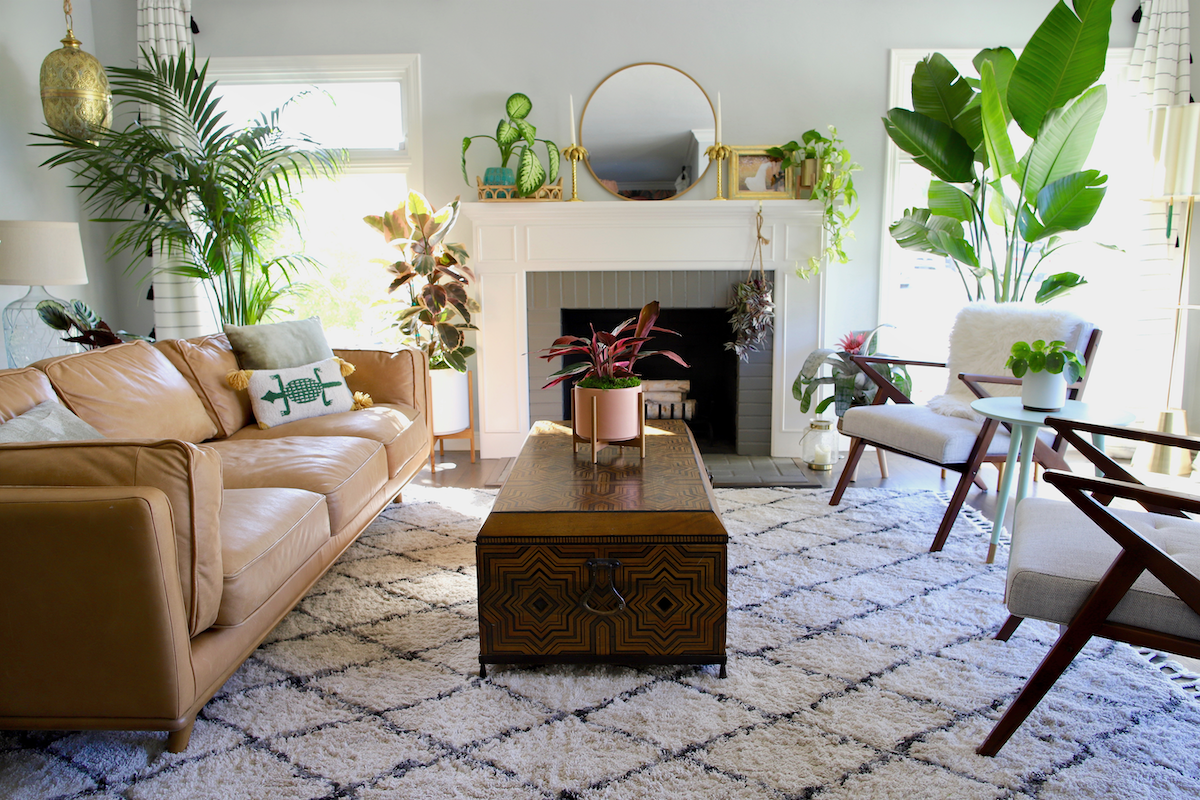Watering an indoor potted plant seems obvious, right? You just take the water and pour it in – what more is there to know?
As it turns out— a lot! Watering plants is at once incredibly simple while also being a bit of an art. From the basics (don’t overwater!) to the tricks (ever tried bottom watering?), step up your watering routine with these simple tips and tricks.
1. Feel the soil before watering
The best way to know if a plant needs water is to check if the soil is dry. Gently stick your finger in the top part of the soil and check the humidity. If it’s still wet, it means it probably has enough water for now. If there’s some decorative moss over your soil, make sure to feel below it. Do note that generally plants in smaller pots will need to be watered more often simply because there’s not as much potting mix to keep the moisture in.
If you have a very large plant, you may consider a moisture meter to help you gauge when to water.
2. Water the soil evenly
Make sure to water all around the plant, not just in one area. The plant will develop more evenly and will be less stressed if it’s getting water through all its roots. Water around the edges of the pot since that's where the roots gather. This makes it easier for your plant to drink and get even saturation.
3. Use room temperature water
Don’t use water that is too hot or too cold. Room temperature water (about 68ºF) is optimum for nutrient absorption and doesn't give your plant the shock of being too hot or too cold. Plants like to be comfortable too!
Boost Vitaminé
All natural, highly effective plant food to use during your regular watering routine. Supports healthy roots and promotes new growth.
$24
4. Adjust your watering to the season
Your plant’s water needs will vary based of whether it is their growing season or their dormancy stage. You’ll want more in the spring and summer when your plant is growing. Plants use less energy during the fall and winter because they are resting. There’s less light and part of their natural lifecycle results in them being slightly dormant at that time of the year. As the days become shorter, even in the fall, adjust your watering routine to make sure your plant is not getting too much. But no matter the season be careful that your plant is not sitting in front of an air vent where it is getting hot or cold drafts, this can dry out its soil and cause health issues.
5. Try bottom watering
Bottom watering is a method of watering where you let the plant’s bottom half soak in water (versus pouring it over the top). This allows the plant to drink as much as it likes from its roots, and leave whatever it doesn’t want behind. Try it out! Leave your plant soaking in a few inches of water for a couple hours up until one day and notice how the water magically begins to disappear! Read more on this technique here.
6. Avoid overwatering
Last but certainly not least, and probably the most important thing to keep in mind when watering your plants: don’t overwater! Plants that have more water in the soil than they can consume will develop root rot. This happens when roots can’t get the air they need because they’re surrounded by water for an extended period of time and start to decay. Avoid this by using lighter soils (really when we say soil, we mean potting mix), as well as pots with drainage holes, and simply watering your plant in moderation. Make sure that you are letting your plant dry out a bit between waterings and occasionally lift it from its decorative container to make sure it isn’t sitting in water.
Good luck, and remember that for most indoor plants it’s best to err on the side of under watering — it’s much easier to fix a thirsty plant than one that’s been drowning!
Indoor plants, potted & delivered
Premium plants paired with stylish ceramics, plus lifetime plant care support. Order online at leonandgeorge.com


































